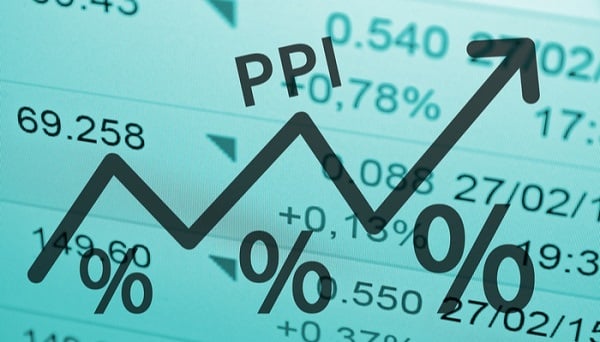Ghana’s Producer Price Index (PPI), a crucial barometer of price changes experienced by domestic producers for their output, experienced a welcome deceleration in March 2025, registering a 24.4% rate, down 3.2 percentage points from February’s 27.6%. While this downward trend signals a potential easing of cost pressures for businesses, the overall economic picture remains complex, with several sectors still grappling with significant inflation and concerns mounting about the impact of rising utility costs. The GSS data, while provisional, offers a glimpse into the evolving inflationary landscape, revealing both encouraging signs and persistent challenges for the Ghanaian economy. A modest month-on-month increase of 0.6% between February and March suggests a degree of stability, but the varied performance across sectors underscores the uneven distribution of these inflationary pressures.
A deeper dive into the sectoral breakdown of the PPI reveals a mixed bag. Mining and Quarrying, a cornerstone of the Ghanaian economy, continued to bear the brunt of inflationary pressures, registering the highest inflation rate at 35.4%. While this represents a decrease from the previous month’s 43.7%, it remains a significant concern. The Manufacturing sector also experienced an uptick in inflation, rising to 22.8% from 20.8% in February. This rise could potentially impact downstream prices and consumer inflation in the coming months. Conversely, some sectors fared comparatively better. Information and Communication recorded the lowest inflation at 4.1%, a marginal dip from 4.2% in February. Construction also saw a slight easing of inflationary pressures, falling to 15.4% from 15.8%, while Accommodation and Food Services dropped to 7.2% from 7.8%. This sectoral divergence highlights the need for targeted interventions to address the specific challenges faced by different industries.
The PPI data, encompassing key sectors like Mining and Quarrying, Manufacturing, Electricity and Gas, Water Supply, Construction, Transport and Storage, Accommodation and Food Services, and Information and Communication, provides a comprehensive overview of the price pressures faced by producers. While the overall downward trend in PPI is encouraging, it is crucial to consider the interplay of various factors influencing these changes. The concern voiced by industry stakeholders regarding rising utility costs serves as a stark reminder of the potential for external factors to disrupt the progress made in curbing inflation. Tsonam Akpeloo, Greater Accra Regional Chairman of the Association of Ghana Industries (AGI), has cautioned against the potential negative impact of recent hikes in electricity and water tariffs on the hard-won gains in inflation reduction.
The recently implemented tariff adjustments, with a 14.75% increase in electricity costs and a 4.02% rise in water tariffs, have raised alarm bells within the industrial sector. Akpeloo argues that these increases could erode the benefits of the declining PPI, ultimately hampering industrial competitiveness. His concerns underscore the interconnectedness of various economic factors and the importance of a holistic approach to managing inflation. The AGI’s call for government intervention in the form of special tariff arrangements for manufacturers highlights the need for policy measures that support industrial growth while simultaneously addressing inflationary pressures. Without such measures, the positive effects of the declining PPI could be short-lived, jeopardizing the long-term health of the manufacturing sector and the broader economy.
The core argument put forth by Akpeloo and other industry stakeholders is that rising utility costs directly translate into higher production costs, effectively offsetting the positive impact of a falling PPI. This creates a challenging scenario for manufacturers, who are squeezed between decreasing producer prices and increasing input costs. The interlinked nature of these price dynamics necessitates a comprehensive policy response that addresses the root causes of rising utility costs while simultaneously supporting industrial productivity. Failure to address these interconnected challenges could undermine the gains made in curbing inflation and hinder the manufacturing sector’s ability to fully capitalize on easing price pressures.
In conclusion, while the decline in Ghana’s PPI to 24.4% in March 2025 offers a glimmer of hope in the fight against inflation, the overall economic landscape remains complex and nuanced. The uneven distribution of inflationary pressures across various sectors, coupled with rising utility costs, poses significant challenges for businesses, particularly in the manufacturing sector. The concerns raised by industry stakeholders underscore the need for policymakers to implement complementary measures that support industrial productivity and protect businesses from the negative impact of rising input costs. A comprehensive and proactive approach is crucial to ensure that the gains from declining producer inflation translate into real economic benefits and sustained industrial competitiveness.


